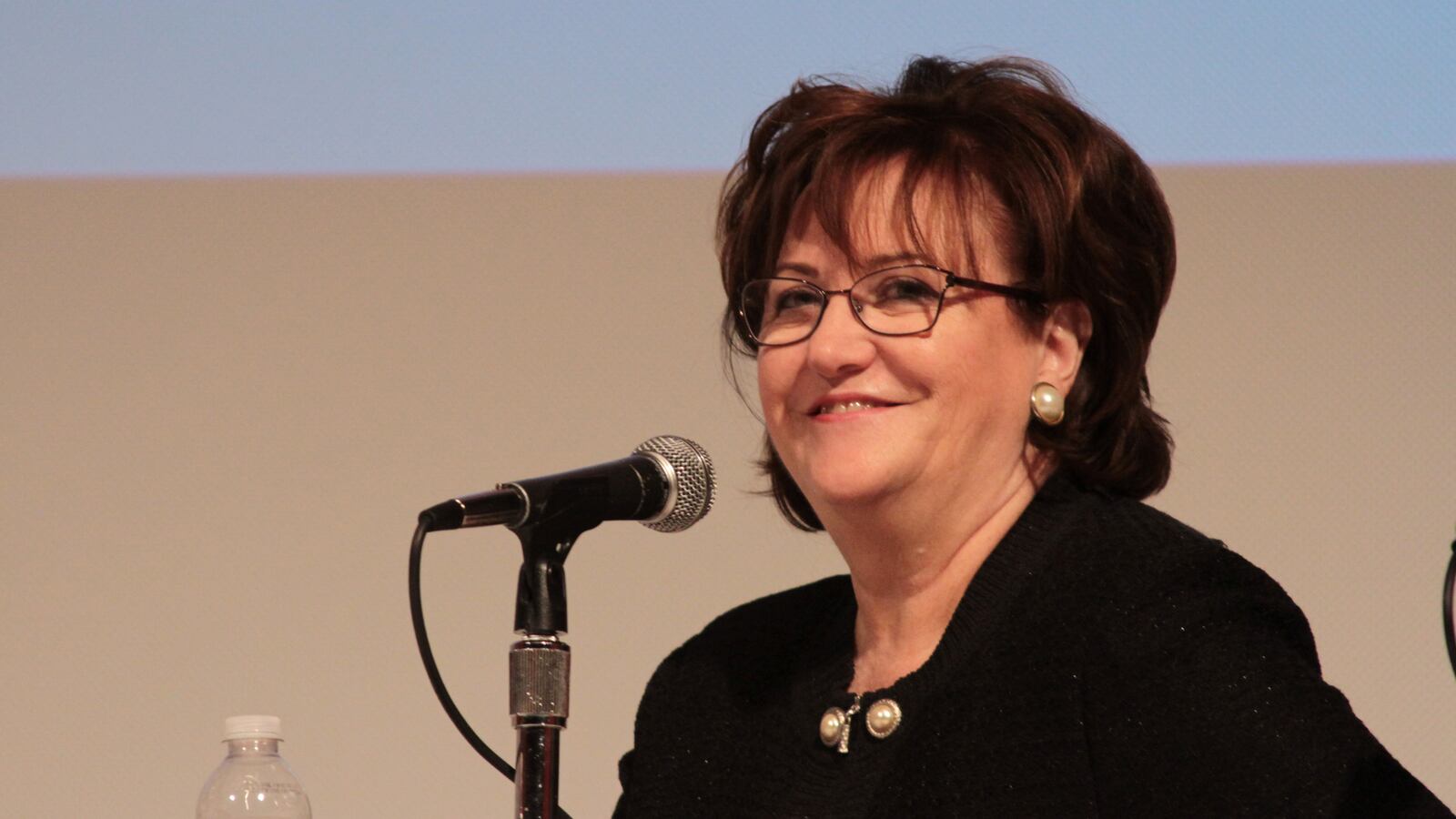New York City will not be forced to close or cede control of 25 low-performing schools targeted by a state program that threatens long-floundering schools with takeover by an outside manager.
State officials said Tuesday that all city schools in the “Receivership” program’s crosshairs met enough of their goals to avoid more serious consequences. In total, just two out of 63 schools statewide did not meet their 2016-17 goals, the officials said; neither school is in New York City.
“I have visited many of these schools, and I am seeing schools tackle their issues in new and positive ways, which is encouraging,” State Education Commissioner MaryEllen Elia said in a statement. “At the same time, much work remains to be done in many of these schools.”
In 2015, state officials identified 62 city schools that for years had ranked among the bottom 5 percent statewide. The schools were given at least ten improvement goals each, including measures like attendance, suspension, and graduation rates. If they failed to make “demonstrable improvement” in those areas, the state could force the city to appoint an outside manager to run them.
But so far, almost all schools in the program have managed to avoid serious interventions. To date, just one New York City school has been threatened with outside takeover: a middle school in the Bronx that the city closed last year and replaced with a new school. (City officials also decided to to close another Receivership school, the Monroe Academy for Visual Arts and Design — a move that state officials did not publicly demand.)
At the same time, state officials have gradually reduced the number of city schools in Receivership over the past two years — from 62 down to 25 — a fact that drew criticism from Gov. Cuomo’s office.
To avoid interventions, schools in the Receivership program must earn at least 67 percent on a grading scale that factors in their goals. Districts must review the performance of schools that fail to meet that threshold, determine why they struggled, and “monitor and support” them over the current school year, according to state officials.
In New York City, five schools fall into that category. They will not face immediate takeover, but will be subjected to ongoing scrutiny this year.
Among the five city schools that fell below the 67 percent threshold are DeWitt Clinton High School (45 percent) and Flushing High School (62 percent). The city recently announced that the staffs at both schools will be forced to reapply for their jobs.
The state education department’s decision to force so few schools to undergo takeover has previously frustrated the governor. But Cuomo, who pushed for the Receivership law as a more aggressive intervention for struggling schools, has warmed to the approach favored by Mayor de Blasio and the state’s unions: infusing low-performing schools with resources instead of shutting them down.
Aaron Pallas, a Teachers College professor, said the state officials’ decision not to intervene in most Receivership schools could reflect their desire to move the state away from more aggressive, top-down reforms.
“One easy way to do that is to declare victory and say schools have met the targets we set even if they’re not actually meeting those targets,” said Pallas, adding that the complexity of the state’s benchmarks make it difficult to know for sure.
But the 25 city schools in the Receivership program may not be completely out of the woods. All of those schools are also part of Mayor Bill de Blasio’s “Renewal” turnaround program. Earlier this year, the mayor said more Renewal schools will be closed.
“These schools have made an important step in the right direction,” schools Chancellor Carmen Fariña said in a statement. “I will continue to closely monitor these schools on a range of factors including academic outcomes, teacher retention, attendance and the ability to engage families as partners.”

